Winds blowing along the South American coast bring cold, deep ocean water to the surface. This is one of several ways that the ocean and atmosphere in the Southeast Pacific are connected.
Courtesy of NOAA
Ocean-Atmosphere Coupling in the Southeast Pacific
There are many connections between the ocean and the atmosphere in the Southeast Pacific Ocean.
Strong winds blow north along the coast of South America. These winds stir up the ocean. That brings cold water to the surface from the deep ocean. That water has lots of nutrients that living creatures need. There are many fish and other sea creatures in this area. The water at the surface is colder in the Southeast Pacific than in most other places at similar latitudes.
The strong winds carry dry air. The cold ocean water doesn't evaporate as easily as warmer water would. The dry air and the Andes Mountains combine to make the Atacama Desert in Chile. It is one of the driest places on Earth.
There are several kinds of particles in the air in this region. Plankton in the ocean make aerosols that have sulfur in them. High winds splash ocean spray filled with sea salt into the air. The winds also carry pollution out to sea from the land. All of these particles change the way that clouds form. There are lots of clouds most of the time in this area. The clouds shade the ocean, keeping it cool.
The connections between the ocean and the atmosphere don't just change the Southeast Pacific. They also make changes much further away. They change the flow of water in the whole Pacific Ocean. These changes help cause the famous El Niño and La Niña events.
You might also be interested in:
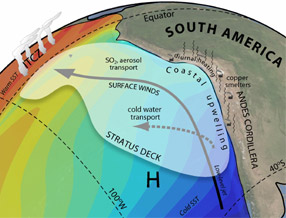
The winds in the Southeast Pacific mainly blow from south to north. They have a strong effect on the climate in the region and worldwide. The winds in this area get their start with a major flow in the
...more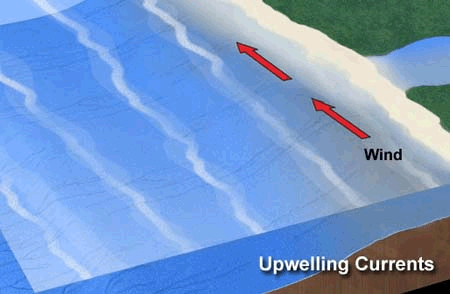
There are places in the ocean where water from the deep sea travels up to the surface. These are called areas of upwelling. The deep waters can have a large influence upon life in the ocean and the climate
...more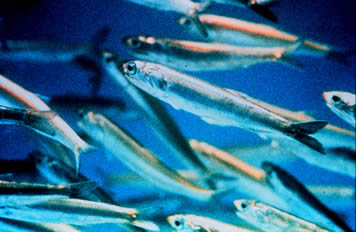
If you like anchovies on your pizza, there is a good chance that the little fish now swimming in tomato sauce was once swimming in the Southeast Pacific Ocean. It was probably caught off the coasts of
...more
One process which transfers water from the ground back to the atmosphere is evaporation. Evaporation is when water passes from a liquid phase to a gas phase. Rates of evaporation of water depend on things
...more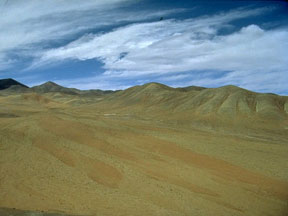
The Atacama Desert is one of the driest places on Earth. The Atacama is in the country of Chile in South America. In an average year, much of this desert gets less than 1 millimeter (0.04 inch) of rain!
...more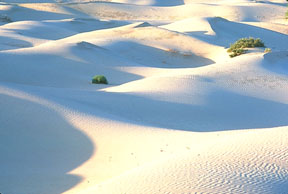
This page describes environments that are very hot or very cold, extremely dry, or both. Extreme environments are places where "normal" life finds it hard to survive. That doesn't mean that there isn't
...more
When you look up at the sky, you are looking at more than just air. There are also billions of tiny bits of solid and liquid floating in the atmosphere. Those tiny floating particles are called aerosols
...more














